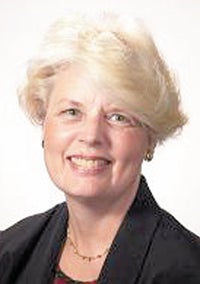The importance of role-modeling
Published 9:00 am Sunday, December 28, 2014
Families First by Maryanne Law
Question:
Would you explain the process of role-modeling?
Answer:
“Love and Logic” author Jim Fay is an expert in explaining the power of positive role-modeling in the following question and answer format:
Question: What is one of the primary ways that kids learn?
Answer: Modeling (subconscious imitation of adult behaviors, beliefs and attitudes).
Question: Who becomes a model for kids?
Answer: A person they see as both strong and loving at the same time.
Question: Once a child accepts a person as a role model, how does the child see his/her own position or role?
Answer: As a child, student and a follower who should listen to the adult.
Question: What happens to the adult’s role if the child can hook him/her into debates or arguments about limits and boundaries?
Answer: Their roles change to that of equals. It is no longer an adult/child relationship. It is now an adult/adult relationship.
Question: If that happens, what happens to the adult’s role as a model?
Answer: It loses effectiveness and the child no longer feels a strong need to listen to the adult.
Question: How do I not get hooked into arguments with a child?
Answer: Master the art of responding to arguments with, “Could be” and “What did I say?” Then smile and walk away.
To talk with a parenting specialist about the challenges in child-raising, call the toll-free Parent WarmLine at 1-888-584-2204. For free emergency child care call Crisis Nursery at 1-877-434-9599. Check out www.familiesandcommunities.org and “Love and Logic” CDs and DVDs for parents of children of all ages at the PRC Specialty Library, 105 First St. SE in Austin.
Maryanne Law is the executive director of the Parenting Resource Center in Austin.



